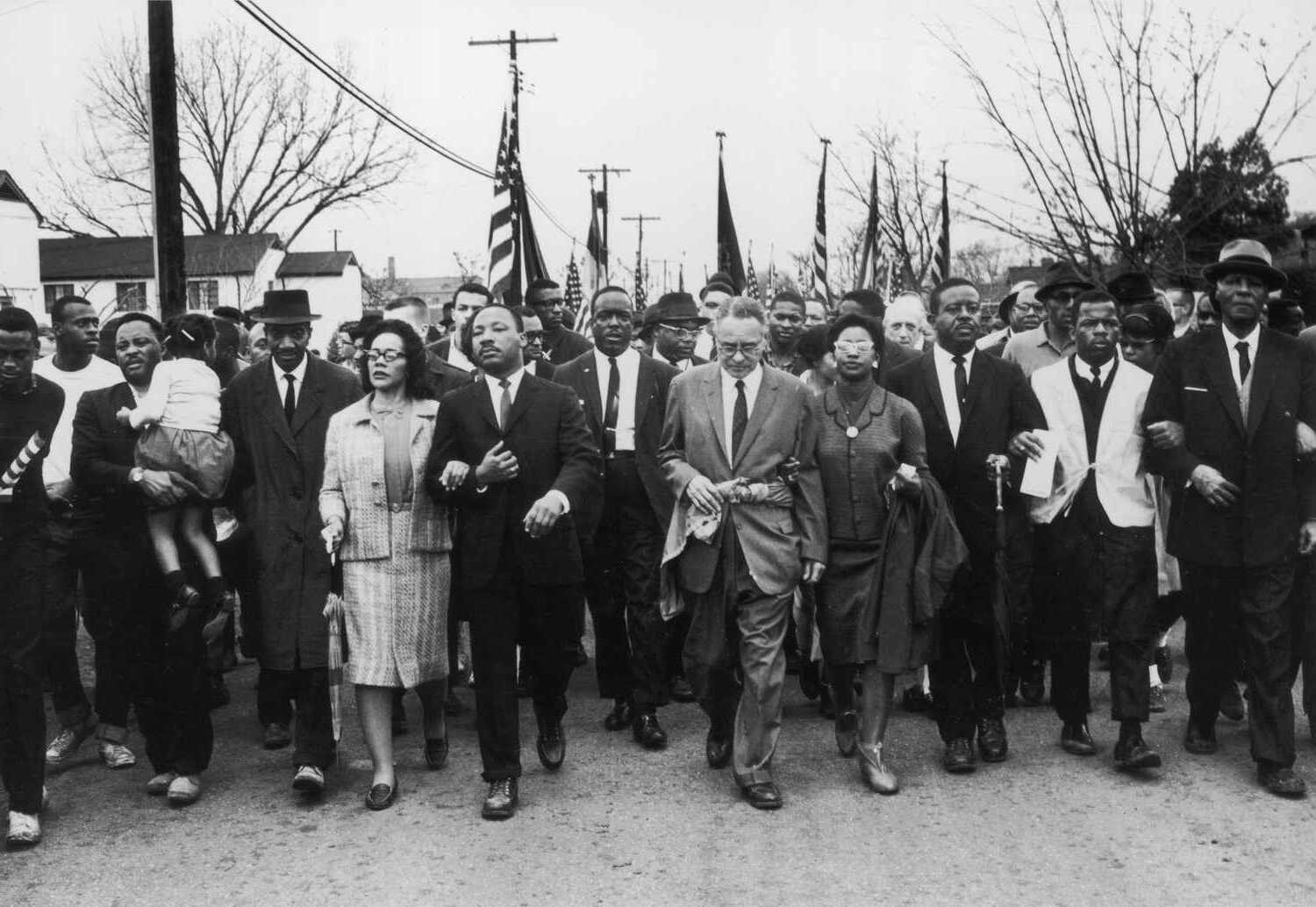
The Civil Rights Movement was a pivotal era in American history, marked by courageous individuals fighting for equality and justice. This movement, spanning the 1950s and 1960s, sought to end racial segregation and discrimination against African Americans. Did you know that the movement's roots can be traced back to earlier efforts, such as the NAACP's founding in 1909? From the Montgomery Bus Boycott to the March on Washington, these events shaped the nation's future. Key figures like Martin Luther King Jr., Rosa Parks, and Malcolm X played significant roles in advocating for civil rights. Understanding this movement helps us appreciate the progress made and the challenges that remain. Let's dive into 27 fascinating facts about the Civil Rights Movement that highlight its impact and legacy.
The Birth of the Civil Rights Movement
The Civil Rights Movement was a pivotal era in American history. It sought to end racial segregation and discrimination against African Americans. Here are some key facts about this transformative period.
- The movement began in the mid-1950s and lasted until the late 1960s.
- Rosa Parks' refusal to give up her bus seat in 1955 sparked the Montgomery Bus Boycott.
- The Supreme Court's 1954 decision in Brown v. Board of Education declared school segregation unconstitutional.
Key Figures in the Movement
Several individuals played crucial roles in advancing civil rights. Their leadership and bravery inspired millions.
- Martin Luther King Jr. was a central figure, known for his nonviolent protests and powerful speeches.
- Malcolm X advocated for black empowerment and was a prominent voice for the Nation of Islam.
- Thurgood Marshall, the first African American Supreme Court Justice, was a key lawyer in Brown v. Board of Education.
Major Events and Protests
The movement was marked by significant events and protests that drew national attention to the struggle for equality.
- The 1963 March on Washington for Jobs and Freedom attracted over 250,000 participants.
- King's "I Have a Dream" speech, delivered during the march, became iconic.
- The 1965 Selma to Montgomery marches highlighted the fight for voting rights.
Legislation and Legal Victories
The movement led to landmark legislation that helped dismantle institutional racism.
- The Civil Rights Act of 1964 outlawed discrimination based on race, color, religion, sex, or national origin.
- The Voting Rights Act of 1965 aimed to eliminate barriers preventing African Americans from voting.
- The Fair Housing Act of 1968 prohibited discrimination in the sale, rental, and financing of housing.
The Role of Women
Women were instrumental in the Civil Rights Movement, often working behind the scenes and on the front lines.
- Ella Baker was a key organizer and strategist for the Southern Christian Leadership Conference (SCLC).
- Fannie Lou Hamer co-founded the Mississippi Freedom Democratic Party and fought for voting rights.
- Dorothy Height led the National Council of Negro Women and advocated for gender and racial equality.
Impact on Education
Education was a major battleground in the fight for civil rights, with significant changes resulting from the movement.
- The Little Rock Nine were a group of African American students who integrated Central High School in Little Rock, Arkansas, in 1957.
- The Higher Education Act of 1965 increased federal funding for colleges and universities, benefiting minority students.
- Historically Black Colleges and Universities (HBCUs) played a crucial role in educating African American leaders.
Influence on Popular Culture
The Civil Rights Movement had a profound impact on music, literature, and art, reflecting and shaping public opinion.
- Songs like "We Shall Overcome" became anthems of the movement.
- Writers such as James Baldwin and Maya Angelou captured the struggles and triumphs of African Americans.
- Visual artists like Jacob Lawrence depicted the experiences of African Americans through powerful imagery.
Continuing the Legacy
The fight for civil rights did not end in the 1960s. The movement's legacy continues to influence contemporary social justice efforts.
- The Black Lives Matter movement, founded in 2013, draws inspiration from the Civil Rights Movement.
- Affirmative action policies aim to address historical inequalities in education and employment.
- The election of Barack Obama as the first African American president in 2008 was seen as a milestone in the ongoing struggle for equality.
Global Impact
The Civil Rights Movement inspired similar struggles for equality and justice around the world.
- The anti-apartheid movement in South Africa drew parallels with the American Civil Rights Movement.
- Civil rights leaders like Martin Luther King Jr. influenced global human rights activists.
- The movement's principles of nonviolence and civil disobedience have been adopted by various social justice movements worldwide.
Reflecting on the Civil Rights Movement
The Civil Rights Movement reshaped America, leaving a lasting impact on society. From Rosa Parks' brave stand to Martin Luther King Jr.'s powerful speeches, these moments sparked change. The movement wasn't just about famous leaders; countless unsung heroes played crucial roles. Their courage and determination paved the way for equality and justice.
Understanding this history helps us appreciate the progress made and recognize the work still needed. The movement's legacy teaches us the importance of standing up against injustice and fighting for human rights. It reminds us that change is possible when people unite for a common cause.
By learning about these pivotal events and figures, we honor their sacrifices and continue their mission. The Civil Rights Movement's story is a testament to the power of resilience and the enduring fight for a better future.
Was this page helpful?
Our commitment to delivering trustworthy and engaging content is at the heart of what we do. Each fact on our site is contributed by real users like you, bringing a wealth of diverse insights and information. To ensure the highest standards of accuracy and reliability, our dedicated editors meticulously review each submission. This process guarantees that the facts we share are not only fascinating but also credible. Trust in our commitment to quality and authenticity as you explore and learn with us.


